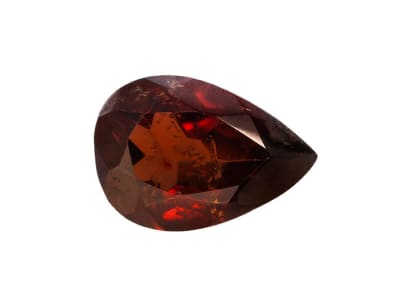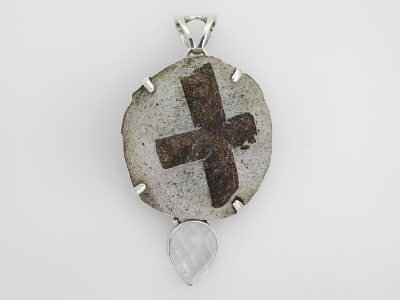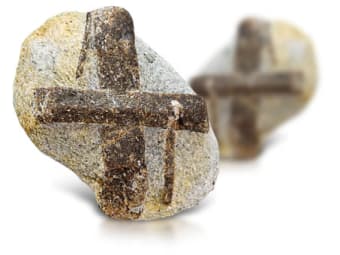The name staurolite comes from the Greek word stauros, meaning cross. Staurolite is prized for its twinned crystals that intersect at 60- or 90-degree angles forming x-like or perpendicular crosses. Specimens exhibiting these forms are highly prized by collectors. Sometimes referred to respectively as St. Andrew's and Greek crosses, as well as lucky cross, fairy stone or fairy cross, legend says the crystal crosses were created by the tears of fairies who could not help but cry when they heard of Christ's crucifixion. Staurolite is a metamorphic mineral that ranges from translucent to opaque in appearance and facetable gems are very rare.
General Information
LWUV: Inert
Staurolite Colors
-
 Black
Black -
 Blue
Blue -
 Brown
Brown -
 Colorless
Colorless -
 Multi-color
Multi-color -
 Red
Red -
 Yellow
Yellow
Alternate Names
Cross Stones, Fairy Crosses, Lucky Cross
Countries of Origin
Austria; Russian Federation; Sweden; Unknown; United States of America; Brazil; Madagascar; France; Portugal; Germany; Spain
More About Staurolite
Staurolite is brittle so please take care when handling.
Species/Variety
Staurolite (twinned)
The name staurolite comes from the Greek word stauros, meaning cross. Staurolite is prized for its twinned crystals that intersect at 60 or 90 angles forming x-like or perpendicular crosses and specimens exhibiting these forms are highly prized by collectors. Sometimes referred to respectively as St. Andrew's and Greek crosses as well as lucky cross, fairy stone or fairy cross, one legend says the crystal crosses were created by the tears of fairies whom could not help but cry when they heard of Christ's crucifixion. Staurolite is a metamorphic mineral that ranges from translucent to opaque in appearance and facetable gems are vary rare.



